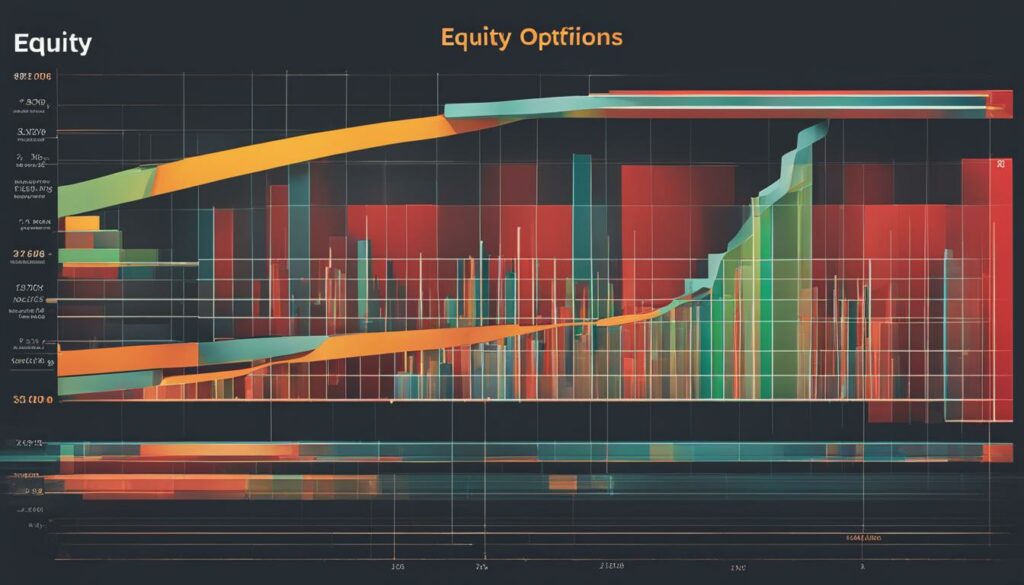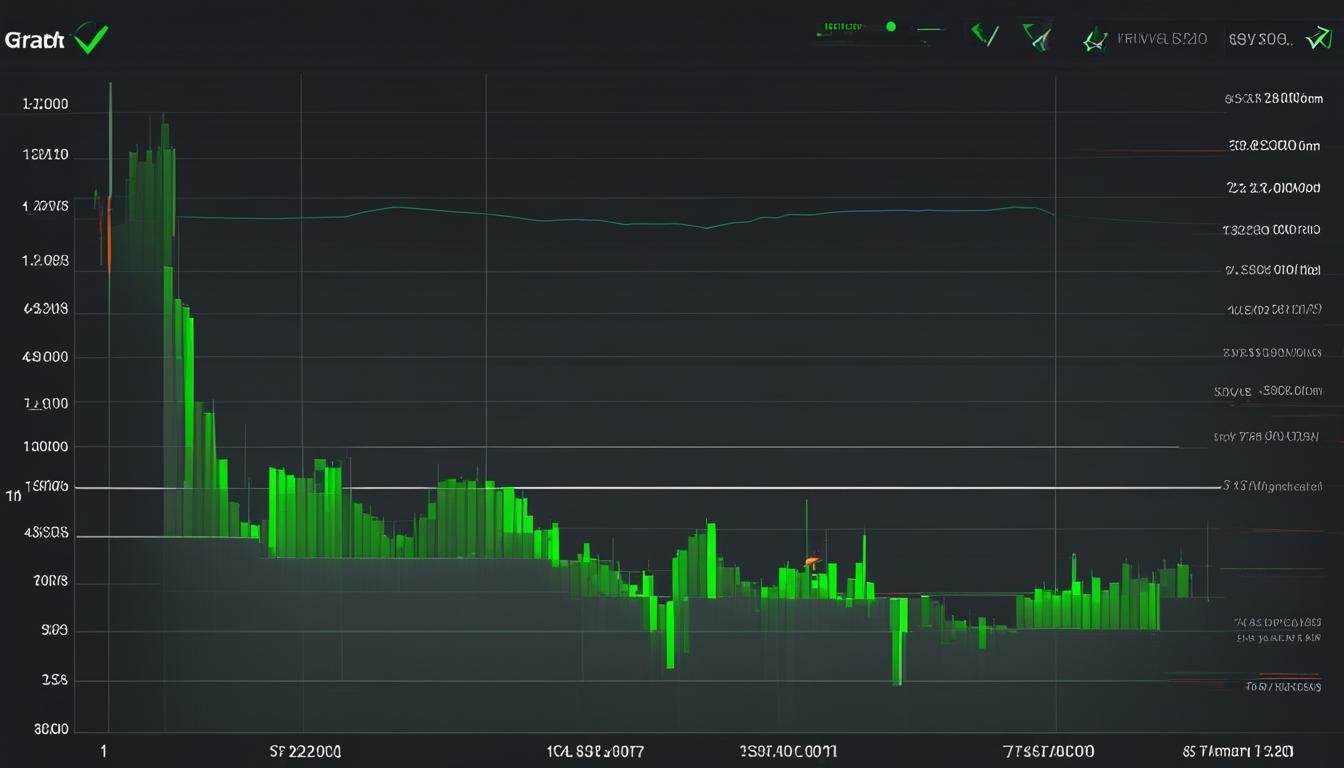Differences Between Equity and Index Options

Options trading is a popular strategy in the world of investing, allowing traders to speculate on the price movements of various financial instruments. Two common types of options are equity options and index options. While they share some similarities, there are key differences that traders should be aware of when considering their investment strategies.
Equity options are derivatives that are based on individual stocks, offering traders the opportunity to buy or sell shares at a predetermined price within a specific timeframe. On the other hand, index options are based on the performance of a specific market index, such as the S&P 500 or the Dow Jones Industrial Average. These options provide traders with exposure to the broader market rather than individual stocks.
When comparing equity options and index options, there are several factors to consider. Equity options allow traders to focus on specific companies, taking into account their individual performance and market conditions. Index options, on the other hand, provide traders with a more diversified approach, as they track the overall market’s performance.
Understanding the differences between equity options and index options is crucial for traders to make informed investment decisions and effectively manage their risk. By carefully analyzing the underlying instruments, settlement methods, pricing factors, and management styles, traders can develop strategies that align with their investment goals and risk tolerance.
Key Takeaways:
- Equity options are based on individual stocks, while index options track the performance of a market index.
- Equity options allow traders to focus on specific companies, while index options provide a more diversified approach.
- Understanding the underlying instruments, settlement methods, pricing factors, and management styles is crucial for effective options trading.
- Consider your investment goals, risk tolerance, and fee structures when choosing between equity options and index options.
- Effective risk management and portfolio diversification are essential for maximizing returns and managing potential losses in options trading.
Pricing Factors for Equity and Index Options
When it comes to pricing equity and index options, several key factors come into play. These factors influence the price of options and can impact potential profits or losses for traders and investors.
First and foremost, the value of the underlying instrument plays a crucial role. For equity options, the value of the underlying instrument refers to the stock price. In contrast, for index options, the value is based on the performance of a specific market index.
Other important factors include the strike price, volatility, time until expiration, interest rates, and dividends paid by the component securities. Volatility is particularly relevant for index options, as it is influenced by more general factors such as inflation, unemployment, and interest rates.
By considering these pricing factors, traders and investors can make informed decisions and assess the potential risks and rewards of trading equity and index options.
Table: Pricing Factors for Equity and Index Options
| Factor | Equity Options | Index Options |
|---|---|---|
| Underlying Instrument | Stocks | Market Index |
| Strike Price | Price at which the option can be exercised | Price at which the option can be exercised |
| Volatility | Impacted by individual stock factors | Influenced by more general factors |
| Time Until Expiration | Impact on option value | Impact on option value |
| Interest Rates | Impact on option value | Impact on option value |
| Dividends Paid | Impact on option value | Impact on option value |

Understanding the pricing factors for equity and index options is essential for traders and investors. By analyzing the value of the underlying instrument, strike price, volatility, time until expiration, interest rates, and dividends paid, individuals can make well-informed decisions and manage potential risks effectively. Whether trading equity options or index options, a comprehensive understanding of these pricing factors is key to success in the options market.
Differences in Underlying Instrument and Settlement
When comparing equity options and index options, one of the key differences lies in the underlying instrument and settlement methods. Equity options are based on a specific number of shares of a stock, while index options are based on the value of an underlying index multiplied by a multiplier (usually $100). This means that purchasing an index option does not give the investor the right to buy or sell all the stocks in the underlying index. Instead, it provides exposure to the overall performance of the index.
Another important distinction is the settlement process. Cash settlement is common for index options, which means that no physical delivery of securities occurs. In contrast, equity options can result in the actual buying or selling of the underlying shares if the option is exercised or assigned. This difference in settlement can have implications for traders and investors, as it affects how the options are ultimately realized.
Option Classes and Strike Prices
Option classes can vary between equity and index options. Equity options are typically offered on individual stocks, with a range of strike prices and expiration months to choose from. On the other hand, index options usually have a limited number of strike prices and expiration months, which are determined by the exchange. This difference in option classes can impact the availability and flexibility of trading strategies.
The concept of in-the-money, at-the-money, and out-of-the-money options also applies differently to equity and index options. In equity options, these terms refer to the relationship between the strike price and the current price of the underlying stock. However, in index options, they refer to the relationship between the strike price and the level of the underlying index. This distinction is important for understanding the potential profitability of options and their likelihood of being exercised.
Premiums, Exercise, and Assignment
Premiums for options are quoted in dollars and decimal amounts, and they represent the price that the buyer pays and the writer receives. In equity options, the premium is multiplied by 100 to reflect the cost of the underlying shares. In index options, the premium is already calculated to reflect the value of the underlying index multiplied by the multiplier.
Exercise and assignment of options also follow different procedures. In equity options, the buyer of a call option has the right to buy the underlying shares, while the buyer of a put option has the right to sell. The seller, on the other hand, can be obligated to sell (in the case of a call option) or buy (in the case of a put option) the underlying shares if the option is exercised. In index options, exercise and assignment are typically cash-settled, meaning that no actual delivery of shares occurs.
| Type of Option | Underlying Instrument | Settlement Method |
|---|---|---|
| Equity Options | Specific number of shares of a stock | Physical delivery of securities |
| Index Options | Value of an underlying index multiplied by a multiplier | Cash settlement |
Overall, the underlying instrument and settlement methods are crucial aspects to consider when trading or investing in options. Equity options provide exposure to specific stocks, while index options offer exposure to the overall performance of a market index. Understanding these differences can help investors choose the most suitable options for their investment goals and risk tolerance.
Key Aspects of Equity and Index Funds
Equity funds and index funds are two popular investment options that allow investors to gain exposure to a diversified portfolio of stocks. Each type of fund has its own unique characteristics and benefits, catering to different investment objectives and risk tolerances.
Equity Funds
Equity funds are actively managed funds that involve professional money managers selecting stocks and actively trading them. The goal of these funds is to outperform the market and generate higher returns for investors. With an equity fund, investors benefit from the expertise of fund managers who carefully analyze the performance and potential of individual stocks.
One of the key advantages of equity funds is the potential for higher returns compared to index funds. However, it’s important to note that actively managed funds typically have higher fees due to the costs associated with active management. These fees can eat into the overall returns of the fund and should be taken into consideration when making investment decisions.
Index Funds
Index funds, on the other hand, are passively managed funds that aim to replicate the performance of a specific market index, such as the S&P 500. These funds do not involve active stock selection or trading. Instead, they track the performance of the index by holding the same stocks in the same proportions as the index.
Index funds offer investors a simple and low-cost way to gain exposure to a broad market index. They are typically characterized by lower fees compared to actively managed funds, as there is no need for active management and analysis of individual stocks. This can be an attractive option for investors who prefer a more hands-off approach to investing.
Diversification and Market Risk
Both equity funds and index funds provide diversification, which is a strategy aimed at reducing risk by investing in a variety of different stocks. Diversification helps to spread the risk across multiple companies and industries, reducing the impact of any single stock’s performance on the overall portfolio.
However, it’s important to note that both types of funds carry market risk. The value of the funds’ portfolios can decline if the overall stock market experiences a downturn. It’s essential for investors to understand and be comfortable with the level of risk associated with their chosen fund.
Overall, the choice between equity funds and index funds depends on individual investment goals, risk tolerance, and fee structures. Investors should carefully consider their objectives and conduct thorough research before making a decision. Effective risk management and portfolio diversification are crucial for maximizing returns and managing potential losses in the long term.

Conclusion
When comparing equity options and index options, it’s important to consider various factors to make informed investment decisions. Equity options offer the potential for higher returns but also come with higher fees and the risk of underperformance by fund managers. On the other hand, index options provide a simple and low-cost way to gain exposure to a market index.
Both equity options and index options can be valuable tools for investment strategies. It is crucial to assess individual investment goals, risk tolerance, and fee structures when making a decision. Effective risk management and portfolio diversification play a key role in maximizing returns and managing potential losses in options trading.
Investors should carefully evaluate their investment objectives and consider the benefits and drawbacks of each option before choosing between equity options and index options. By understanding the differences in underlying instruments, settlement methods, pricing factors, and management styles, investors can make well-informed decisions that align with their investment strategies and risk management approaches.
FAQ
What are the main differences between equity options and index options?
The main differences between equity options and index options are in the underlying instrument and settlement. Equity options are based on a specific number of shares of a stock, while index options are based on the value of an underlying index multiplied by a multiplier (usually $100). Cash settlement is common for index options, meaning no physical delivery of securities occurs.
How are equity options and index options priced?
The price of both equity options and index options is determined by factors such as the value of the underlying instrument, strike price, volatility, time until expiration, interest rates, and dividends paid. Volatility of indexes is influenced by factors more general than individual equities, such as inflation, unemployment, and interest rates.
What are the key aspects of equity and index funds?
Equity funds and index funds are investment vehicles that allow investors exposure to a diversified portfolio of stocks. Equity funds can be actively managed or passively managed, while index funds passively track the performance of a specific market index. Both types offer diversification, but actively managed funds may have higher fees due to the active management involved. Both types carry market risk, as the value of the funds’ portfolios can decline if stocks fall in price.
How do equity options and index options differ in terms of settlement?
Cash settlement is common for index options, meaning no physical delivery of securities occurs. Purchasing an index option does not give the investor the right to buy or sell all stocks in the underlying index. Option classes can vary in terms of strike prices, expiration months, and last trading day. In-the-money, at-the-money, and out-of-the-money options depend on the relationship between the strike price and the level of the underlying index. Exercise and assignment of index options follow established procedures.
What should I consider when comparing equity options and index options?
When comparing equity options and index options, it’s important to consider the differences in underlying instruments, settlement methods, pricing factors, and management styles. Equity options offer the potential for higher returns but also carry higher fees and the risk of underperformance by fund managers. Index options provide a simple and low-cost way to gain exposure to a market index. Both options can be useful tools for investment strategies, but it’s important to assess individual investment goals, risk tolerance, and fee structures when making a decision. Effective risk management and portfolio diversification are crucial for maximizing returns and managing potential losses in options trading.







